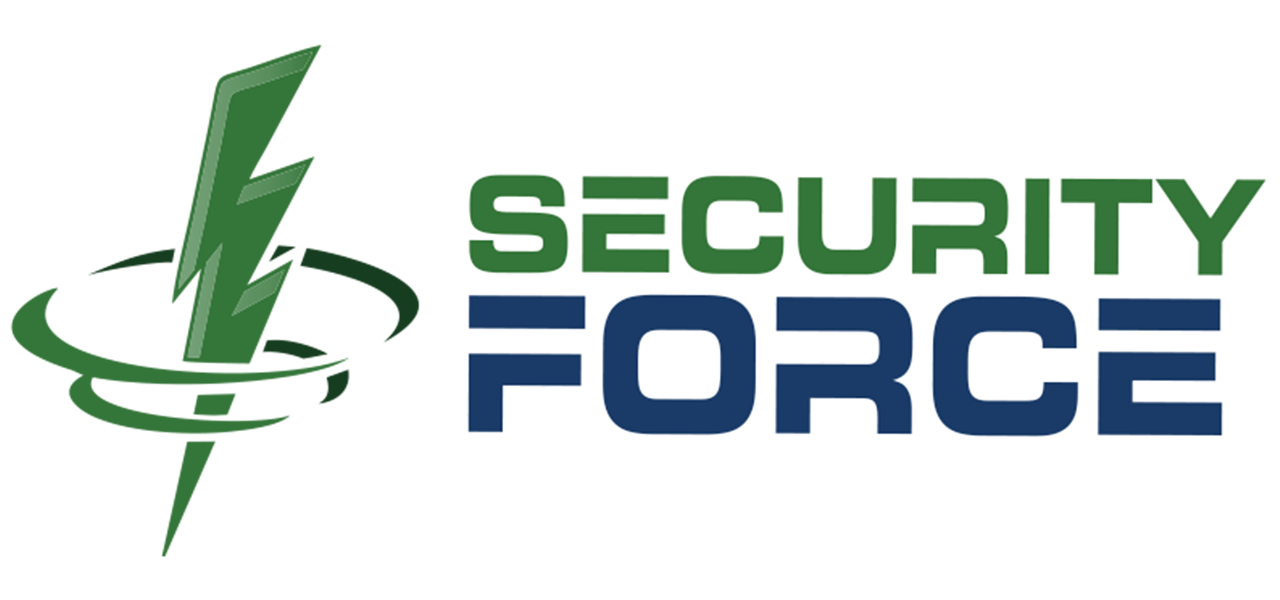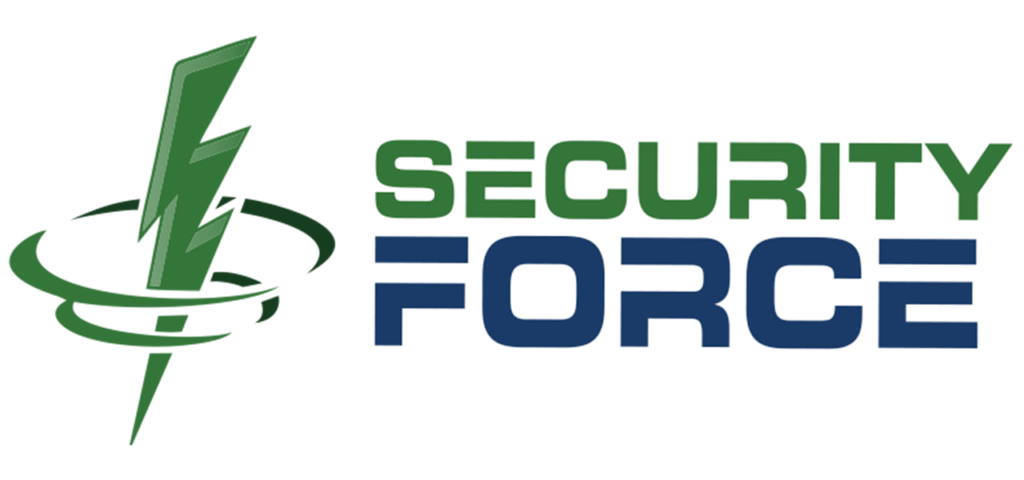In access control, how devices communicate matters as much as the credentials themselves. Two protocols dominate the industry: Wiegand, the long-standing standard, and OSDP (Open Supervised Device Protocol), the modern alternative. Each serves the same purpose, connecting readers and controllers, but they do so in very different ways.
Understanding how these protocols differ helps clarify why one has endured for decades and why the other is shaping the future of secure access control.
The Simplicity of Wiegand
For more than 30 years, Wiegand has been the default connection method for card readers and control panels. Its appeal lies in its simplicity and broad compatibility.
Proven and familiar: Almost every access control system supports Wiegand, making it easy to install and integrate.
Cost-effective: Hardware using Wiegand is inexpensive, ideal for smaller projects or legacy systems.
Dependable operation: In straightforward environments, Wiegand provides consistent, predictable performance.
However, that simplicity comes with limitations. Wiegand communication is one-way and unencrypted, meaning card data travels from reader to controller in plain text. It cannot detect if a device is disconnected or tampered with, and it offers no way to update or monitor readers remotely.
For low-risk environments, Wiegand can still be practical. But in facilities where security and oversight are priorities, its design shows its age.
The Evolution Toward OSDP
Developed by the Security Industry Association (SIA), OSDP was created to address Wiegand’s weaknesses. It introduces encrypted, two-way communication between readers and controllers, improving both security and system management.
Secure by design: OSDP uses AES-128 encryption, preventing data interception and credential cloning.
Supervised connection: Controllers verify that readers are online and functioning correctly, alerting operators to tampering or disconnection.
Two-way communication: Systems can send and receive information, allowing remote configuration, firmware updates, and status monitoring.
Future-ready: OSDP supports IP-based architecture and integrates easily with modern, networked security platforms.
While OSDP’s capabilities are superior, adoption may require new hardware or wiring upgrades, increasing initial costs. Older systems may not support OSDP without converters, which can add complexity to retrofits.
Why Both Protocols Still Matter
Each protocol fits a different set of needs. Wiegand continues to serve as a reliable solution for smaller systems, older infrastructure, or projects with tight budgets. It provides basic functionality at a low cost and remains a dependable workhorse.
OSDP, on the other hand, represents the future of access control. Its encrypted communication, real-time supervision, and flexibility make it ideal for organizations that require higher assurance, better monitoring, and room to grow.
In short:
- Wiegand is built for simplicity.
- OSDP is built for security and scalability.
Choosing the Right Path
For many facilities, the right choice depends on goals and growth plans. If your system must integrate with modern software, support remote management, or meet strict security standards, OSDP is the smart investment. If you need a quick, cost-conscious solution for a small site, Wiegand can still deliver reliable access control.
Both protocols have a place in today’s security landscape, but understanding their differences ensures your system is built not just to work, but to work well for years to come.

